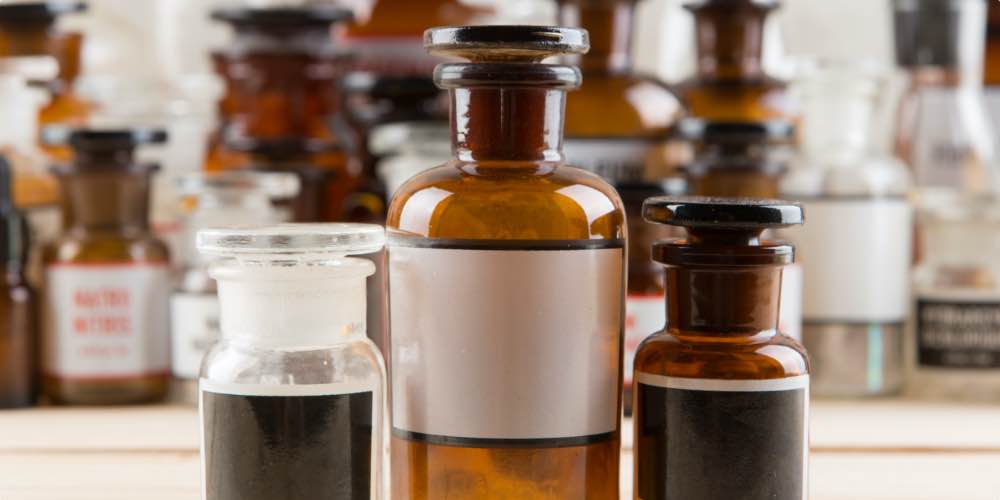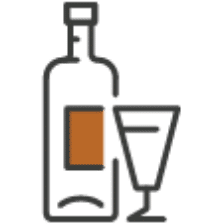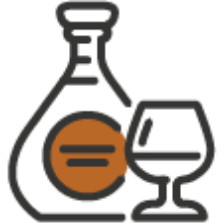Alcohol is by far the most used substance in America. Through significant promotion of alcohol use on social media and entertainment venues, alcohol abuse has become a problem across the country.
Alcohol abuse can become more severe as the person becomes dependent on the substance. Some side effects include slurred speech, confusion, coma, problems breathing, and even death. The CDC reports 88,000 deaths in the United States each year due to alcohol-related issues.


























